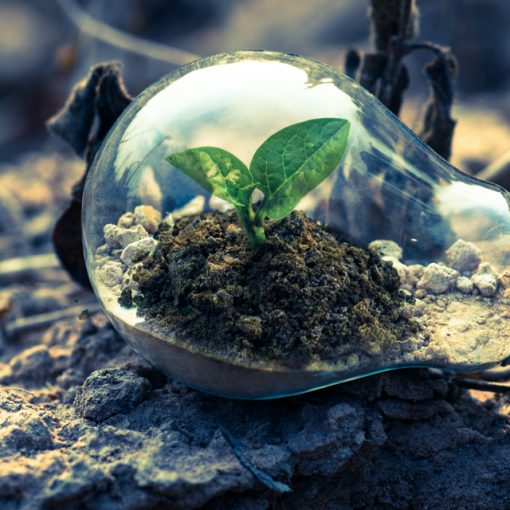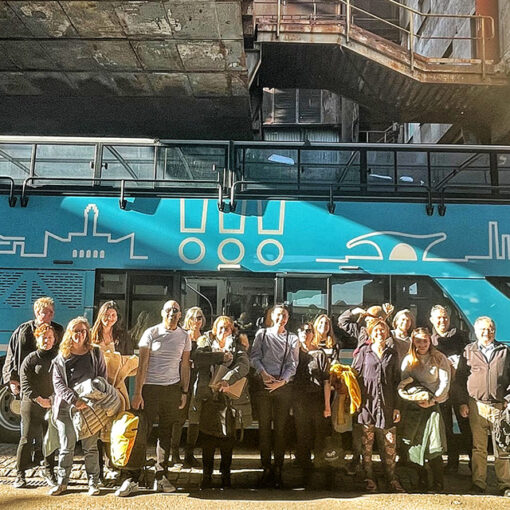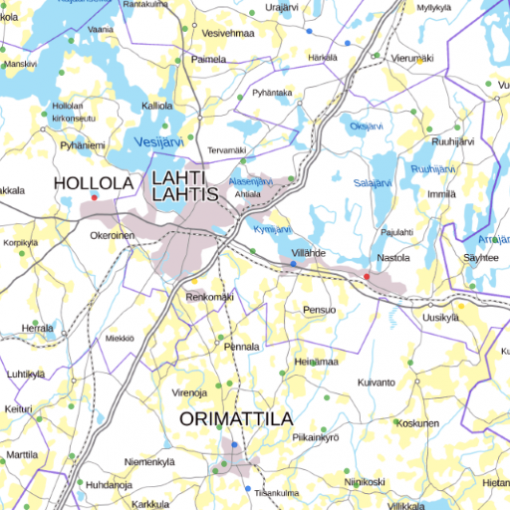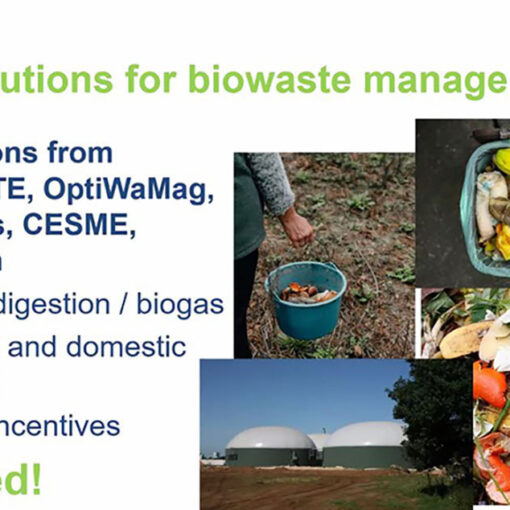Currently there are 8,1 billion people living on our planet. (Worldometer 2023). 50 years earlier it was only 3 billion people. By 2050 numbers forecast a population growth of 30 %. (Sharma et al. 2021) This enormous growth puts us in front of one of the major problems of our time: more and more people are suffering from hunger. Billions cannot even afford a diet with the bare minimum of necessary nutrition. (World Economic Forum 2022.) We already overexploit our recourses and still there is not enough. This leads to food insecurity, high prices for agricultural raw materials, deforestation and soil degradation. It is obvious that we need solutions for being able to feed the world and still maintain the health of our planet. (Sharma et al. 2021)
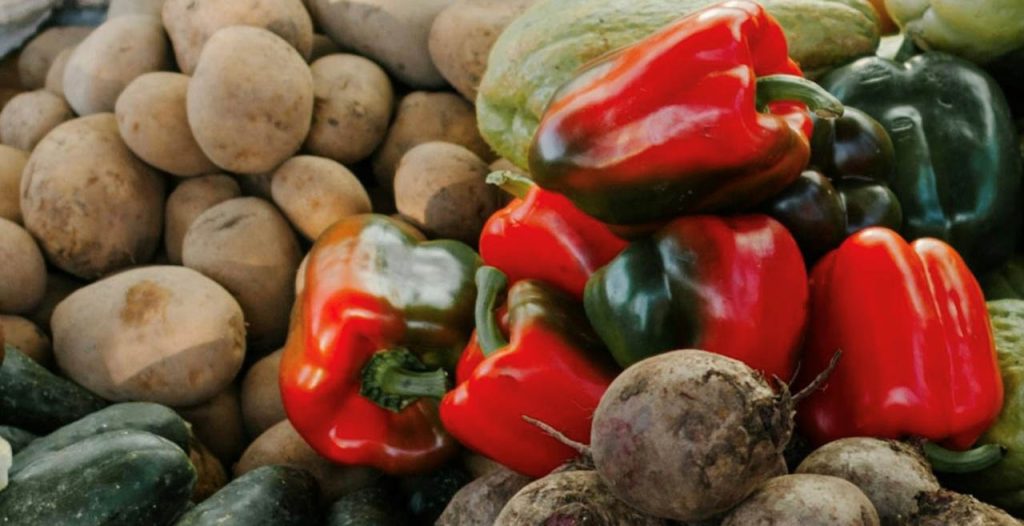
Image 1. Different vegetables at a street market. (Volk 2016)
SDG goal 2: zero hunger
A good start could be the Innovation Lever of Change, created at the Food Systems Summit by the United Nations (UN). The goal of this Innovation Lever is for the UN countries to invest 1 % of their food system related GDP into research and innovation regarding this topic. Furthermore, the Sustainable Development Goal (SDG) 2, which aims “to end hunger, achieve food security and improved nutrition and promote sustainable agriculture by 2030” is another step into a worldwide sustainable food supply. (World Economic Forum 2022.)
The base diet of humans all over the world builds a small circle of plants consisting of for example rice, wheat and maize. To widen the nutritional benefit of these the UN promotes them to be modified to better fit consumer needs like being able to harvest more crops more often or a general increase in nutritional values. It is a balancing act between the need for sustainable food that meets the health requirements of soon 9 billion people and the need of supporting farmers and local economies. (Mensi & Udenigwe 2021.)
Innovative example “Solar Food”
There is plenty of room for innovation in food industry. As new plant-based solutions and cellular agriculture are taking place, the use of animal protein has declined.

Image 2. Solein in pasta portion. (Solar Foods 2023)
An innovative idea for more food security comes from a Finnish company called Solar Foods with the mission “to revolutionise global food production”. Through a process of fermentation, they are able to turn microorganisms from air and electricity into edible protein. This protein called solein can be added to all different kinds of food and therefore can enhance its nutritious richness. The technique does also not depend on scarce natural resources. So, it does not burden our environment. Everything Solar Foods does, is in compliance with the SDG Goals of the UN. The company was founded in 2017 and based on research program of the VTT Technical Research Centre of Finland and the Lappeenranta University of Technology. (Solar Foods 2023.)
Sustainable innovations like these show that it is achievable to fight hunger and simultaneously spare our environment. It needs more innovative ideas like this to be able to fulfil the UN goals and cover the worldwide diet needs without having our planet paying the price. Fostering and nourishing great ideas therefore should be one of the key practices of our modern-day society in order to create a world where no one should suffer from the lack of food or extreme environmental challenges.
Authors
Carla Amrhein is an exchange student at LAB University of Applied Sciences, Hotel and Tourism management.
Maxime Sophie Staroste is an exchange student at LAB University of Applied Sciences, Business Administration.
Anu Kurvinen works as senior lecturer and project specialist at LAB University of Applied Sciences.
References
Mensi, A. & Udenigwe, C. 2021. Emerging and practical food innovations in achieving the Sustainable Development Goals (SDG) targer 2.2. Trend in Food Science & Technology, 783‒789.
Sharma, S., Gahlawat, V., Rahul, K., Mor, R. & Malik, M. 2021. Sustainable Innovations in the Food Industry through Artificial Intelligence and Big Data Analytics. Logistics, (5), 66.
Solar Foods. 2023. Food Out of Thin Air. Cited 25 Nov 2023. Available at https://solarfoods.com
Volk, J. 2016. Different vegetables at a street market. Cited 25 Nov 2023. Pexels. Available at https://www.pexels.com/de-de/foto/verschiedene-gemusesorten-im-stapel-am-strassenmarkt-5273080/
World Economic Forum. 2022. How inclusive innovation could transform food systems – and help to end world hunger. Cited 25 Nov 2023. Available at https://www.weforum.org/agenda/2022/03/food-systems-innovation-transformation/
Worldometer. 2023. Current World Population. Cited 25 Nov 2023. Available at https://www.worldometers.info/world-population/#:~:text=8.1%20Billion%20(current),currently%20living)%20of%20the%20world.

